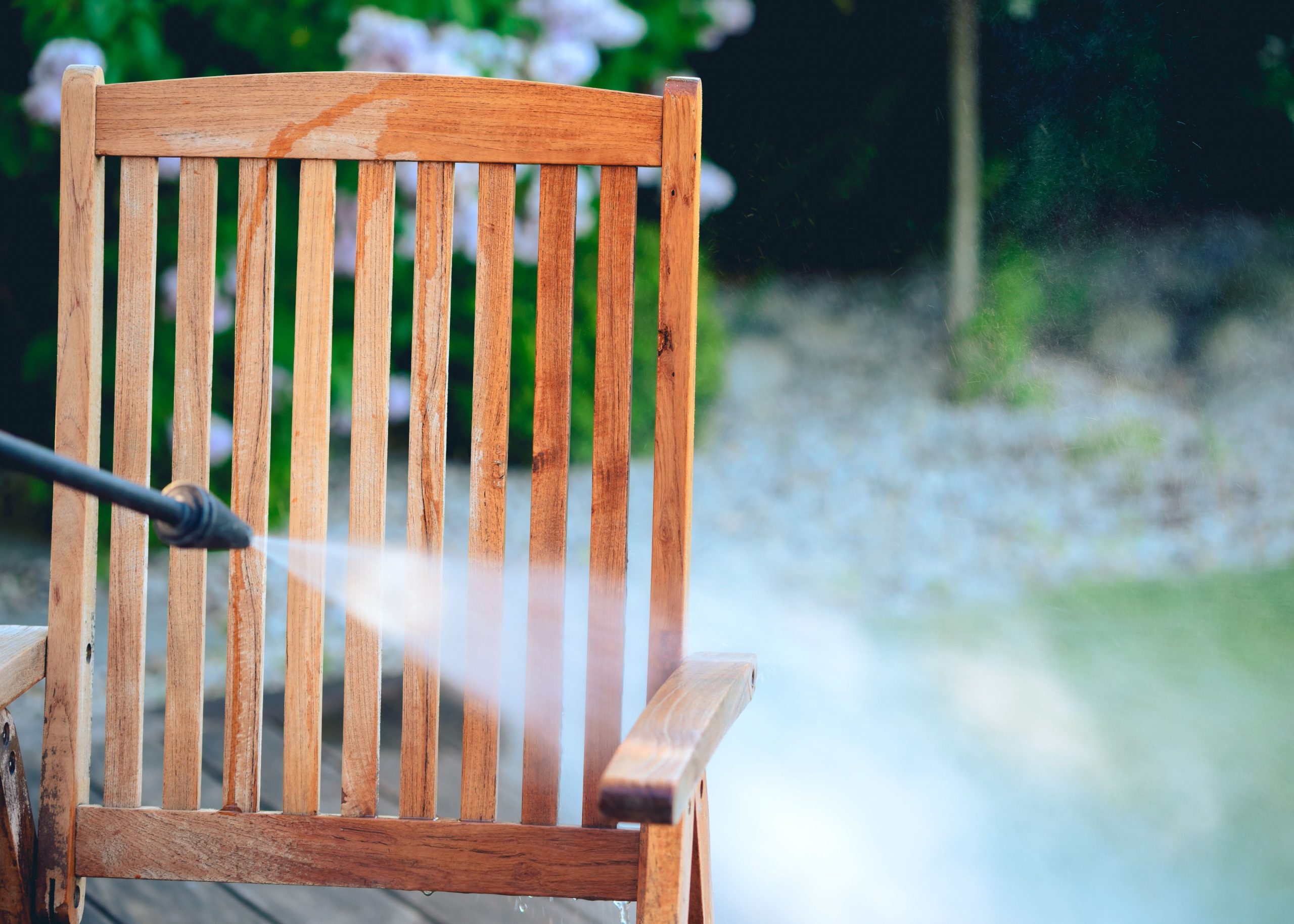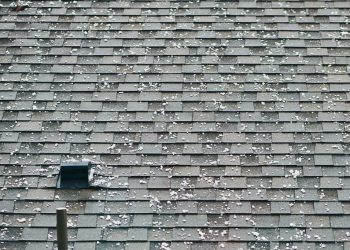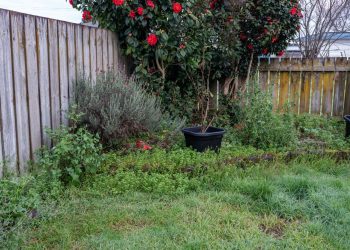As you start to spruce up your outdoor space for warm-weather gatherings, you may notice that your wooden patio furniture has suffered from a little wear and tear. Whether it’s a beautiful teak bench, a rustic oak dining set, or a charming softwood picnic table, keeping your wooden furniture clean and well-maintained is essential, according to cleaning expert Matthew Harrison at PriceYourJob.co.uk.
Harrison offers a step-by-step guide for caring for your wooden treasures, starting with a supply list. The good news is you don’t need expensive equipment or special cleaners—you probably have most of these items already:
- A soft-bristle brush, and a toothbrush for hard-to-reach spots
- A bucket of warm, soapy water (no harsh detergents, though)
- White vinegar
- Baking soda
- A microfiber cloth or sponge
- A hose or watering can
- Linseed oil or teak oil
Once you have your supplies, you can embark on the following gameplan:
- Brush off loose dirt and debris. Before using water, give your furniture a good dry brushing to remove dust, dirt, leaves and cobwebs. This prevents the dirt from turning into mud once you add water.
- Wash with mild, soapy water. Fill a bucket with warm water and add a couple of drops of dishwashing liquid. Use your brush or sponge to scrub the wood, working in the direction of the grain. Avoid getting the furniture too wet as it could lead to warping and splitting.
- Tackle stains and mold. Sprinkle a little bit of baking soda on stubborn stains then scrub with a damp sponge. If you spot any greenish algae or black mold, mix equal parts white vinegar and water in a spray bottle and apply it to the affected areas. Let it sit for 15 minutes before scrubbing it away.
- Rinse and dry. Rinse off soap residue with a hose or watering can, but don’t use a pressure washer, which can strip away protective layers and weaken wood fibers. Let the furniture air dry in a sunny spot—wiping it with a dry cloth can help speed the process.
- Apply a protective oil or sealant. To help preserve your furniture, use teak oil or linseed oil on hardwoods like teak and oak, and for soft woods, such as pine, consider applying a wood preservative to protect against moisture damage and insects.
- Maintain regularly. Every few months, give your wooden furniture a quick clean to help prevent dirt from building up, and reapply oil or sealant once or twice a year. Check for signs of damage, such as crack or splinters, so you can sand them down before they get worse.
Consider winter storage. If possible, move your wooden furniture into a shed or garage during the colder months, or protect it with a waterproof cover.











